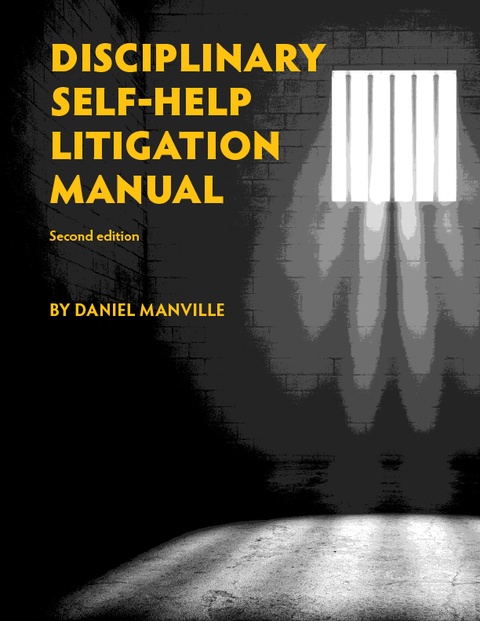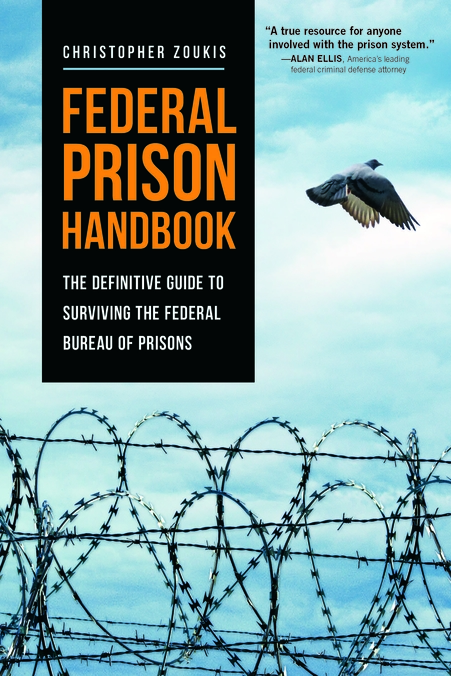PLN associate editor quoted on Russian TV re private prisons
RT TV, Jan. 1, 2011.
http://rt.com/news/us-private-prison-punishment...
PLN associate editor quoted on Russian TV re private prisons - RT TV 2011
www.rt.com
Profit from punishment
Published: 13 September, 2011, 09:52
The US needs all the cash it can get just now, and reducing the prison population would save billions of dollars. However, some have a vested interested in keeping as many people as possible behind bars.
America’s financial crisis has been something of an insatiable monster, swallowing up millions of jobs, homes and businesses across the nation. Yet amid this ongoing economic Armageddon, the private prison industry has remained recession-proof.
With more than 2.3 million people behind bars, the United States trumps China, Russia and the rest of the world in both the number and percentage of people doing time. Where it falls short, though, is being capable of containing such a large population. It is a political dilemma turned cash cow for dozens of corporations creaming off profit from punishment.
"Private prisons make money from incarceration. The more people they lock up and the longer they keep them, the more money they make," explains Alex Friedmann, associate editor of the Prison Legal News magazine. "So they have the same perverse incentive to expand our justice system and increase our number of citizens behind bars because it increases their profit margin," he concludes.
The profitability of private jails depends on the prison population continuing to go up. The rate of incarceration in the US has quadrupled since the '80s, when America’s war on drugs ushered in the "three strikes policy" which ties judges to mandatory minimum sentencing, even for non-violent offenders.
"Since the late ‘80s, into the ‘90s and now today, we see a turn away from that rehabilitative model. Across the country, prison programming is cut. Rehabilitation is being cut. There’s less opportunity for education or gaining work skills and instead there’s just this drive towards isolation, towards punishment," says Rachel Meeropol, an attorney from the Center for Constitutional Rights.
Private prison companies are paid between US $45 and $130 a day per detainee. Rates for juveniles, women and immigrants are even higher. While public prisons are accountable to the public, private ones answer only to shareholders and are not subject to external scrutiny.That means many prison contractors face few consequences for the poor or even inhumane treatment of detainees.
"We just see more and more isolation, sensory deprivation; prisoners who literally never interact with human beings," Meeropol says.
"When guards would come into the facility there would be a sign out front with their stock price to let them know how the company was doing," Alex Friedmann explains.
The Corrections Corporation of America and GEO Group are the two largest private prison companies with combined revenues of US$2.9 billion last year. But critics say they have been using that financial clout to line their own pockets even further by encouraging politicians to keep going with the heavy-handed sentencing program by launching an influential lobbying campaign in the corridors of power.
"Lobbying in order to influence political officials is only a small part of the private prison industry’s effort to achieve policy change.Another is campaign donation. So the companies make hundreds of thousands of dollars in donations both on the state and federal levels," Friedmann claims.
With most states and the federal government currently operating under record deficits and budget cuts, private prison companies are pitching their facilities as lower-cost alternatives to state jails. While the majority of Americans continue to struggle due to the economic downturn, mass incarceration is set to grow ever more lucrative.
www.rt.com
Profit from punishment
Published: 13 September, 2011, 09:52
The US needs all the cash it can get just now, and reducing the prison population would save billions of dollars. However, some have a vested interested in keeping as many people as possible behind bars.
America’s financial crisis has been something of an insatiable monster, swallowing up millions of jobs, homes and businesses across the nation. Yet amid this ongoing economic Armageddon, the private prison industry has remained recession-proof.
With more than 2.3 million people behind bars, the United States trumps China, Russia and the rest of the world in both the number and percentage of people doing time. Where it falls short, though, is being capable of containing such a large population. It is a political dilemma turned cash cow for dozens of corporations creaming off profit from punishment.
"Private prisons make money from incarceration. The more people they lock up and the longer they keep them, the more money they make," explains Alex Friedmann, associate editor of the Prison Legal News magazine. "So they have the same perverse incentive to expand our justice system and increase our number of citizens behind bars because it increases their profit margin," he concludes.
The profitability of private jails depends on the prison population continuing to go up. The rate of incarceration in the US has quadrupled since the '80s, when America’s war on drugs ushered in the "three strikes policy" which ties judges to mandatory minimum sentencing, even for non-violent offenders.
"Since the late ‘80s, into the ‘90s and now today, we see a turn away from that rehabilitative model. Across the country, prison programming is cut. Rehabilitation is being cut. There’s less opportunity for education or gaining work skills and instead there’s just this drive towards isolation, towards punishment," says Rachel Meeropol, an attorney from the Center for Constitutional Rights.
Private prison companies are paid between US $45 and $130 a day per detainee. Rates for juveniles, women and immigrants are even higher. While public prisons are accountable to the public, private ones answer only to shareholders and are not subject to external scrutiny.That means many prison contractors face few consequences for the poor or even inhumane treatment of detainees.
"We just see more and more isolation, sensory deprivation; prisoners who literally never interact with human beings," Meeropol says.
"When guards would come into the facility there would be a sign out front with their stock price to let them know how the company was doing," Alex Friedmann explains.
The Corrections Corporation of America and GEO Group are the two largest private prison companies with combined revenues of US$2.9 billion last year. But critics say they have been using that financial clout to line their own pockets even further by encouraging politicians to keep going with the heavy-handed sentencing program by launching an influential lobbying campaign in the corridors of power.
"Lobbying in order to influence political officials is only a small part of the private prison industry’s effort to achieve policy change.Another is campaign donation. So the companies make hundreds of thousands of dollars in donations both on the state and federal levels," Friedmann claims.
With most states and the federal government currently operating under record deficits and budget cuts, private prison companies are pitching their facilities as lower-cost alternatives to state jails. While the majority of Americans continue to struggle due to the economic downturn, mass incarceration is set to grow ever more lucrative.







